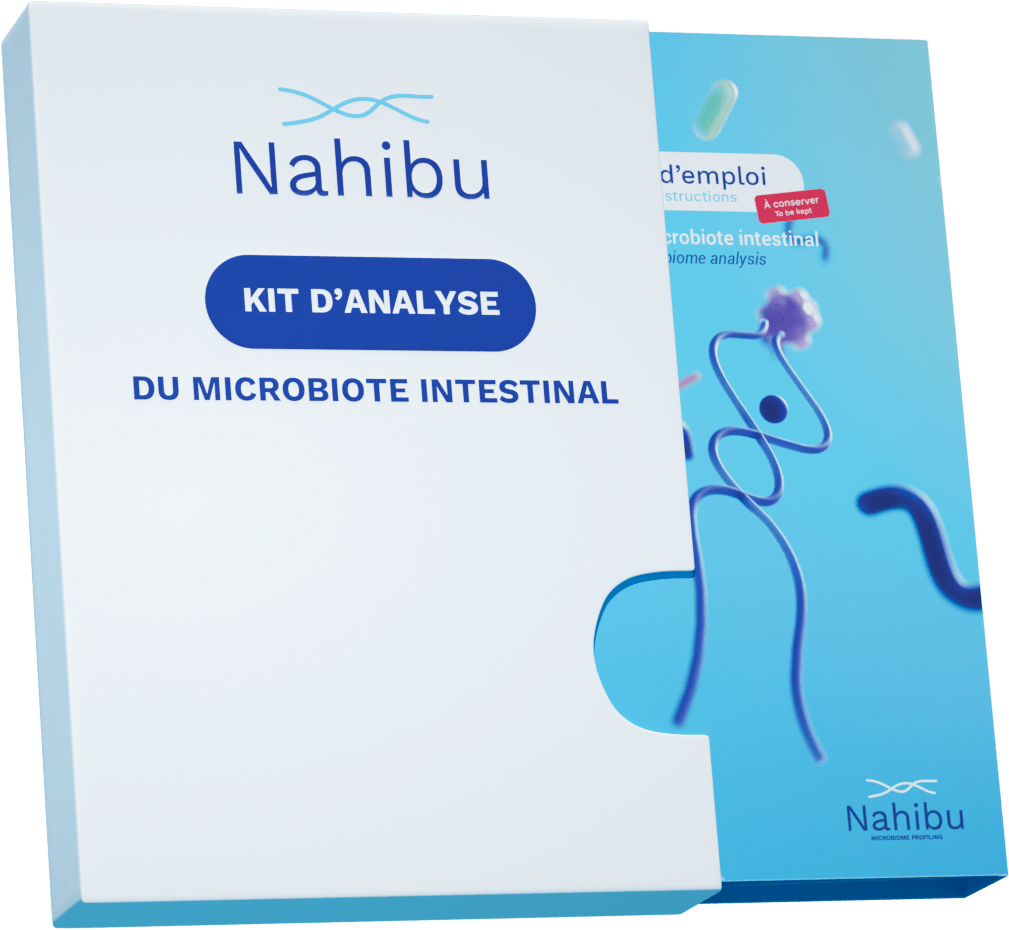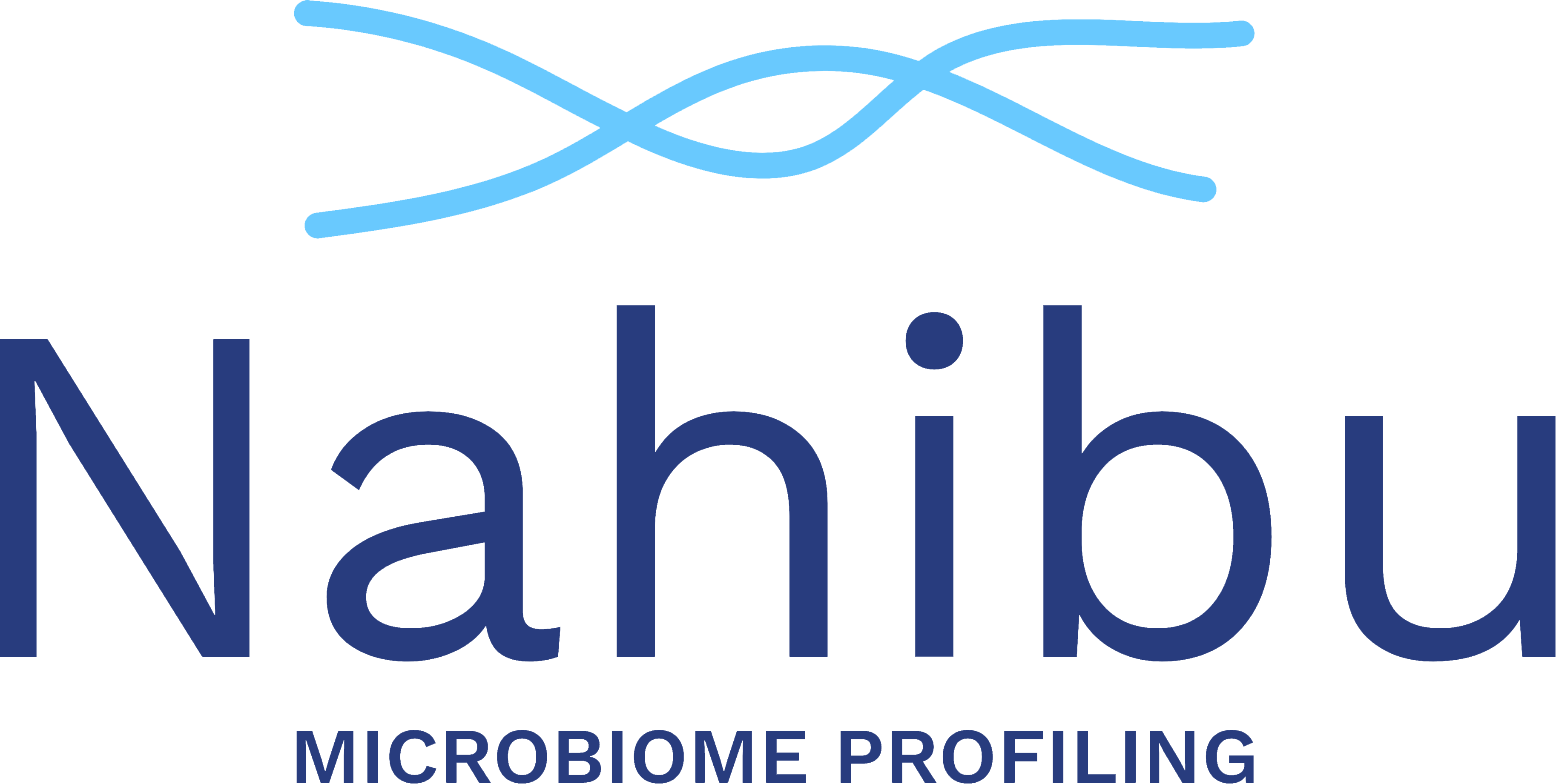Fiber-rich bread to improve your gut microbiome?A supporting study.Cardiometabolic diseases, which include...
Fiber-rich bread to improve your gut microbiome?
Fiber-rich bread to improve your gut microbiome?
A supporting study.
Cardiometabolic diseases, which include cardiovascular diseases and metabolic disorders such as hypertension and obesity, are affecting an increasing number of people worldwide. They are promoted by tobacco consumption, excessive alcohol intake, sedentary lifestyle, and an unbalanced diet (1,2). Certain parameters are disrupted in these diseases, such as cholesterol levels, and can lead to premature deaths (3,4,5). It is important to prevent these diseases but also to monitor the associated blood parameters to normalize them. In this article, we will see how increasing fiber intake through enriched bread can play a beneficial role in cardiometabolic risk by altering blood test results and gut microbiome composition in high-risk individuals.
What are the benefits of a high-fiber diet?
A scientific study published in the journal Gut Microbes in March 2022 demonstrated the positive effect of dietary fiber diversity on regulating certain blood parameters, including lipid profile, in individuals at high risk of developing cardiometabolic diseases (6).
This study, led by INRAE (National Research Institute for Agriculture, Food and the Environment) and CRNH (Center for Human Nutrition Research), tested the effect of a multi-fiber bread containing a mix of soluble and insoluble fibers on subjects with a high cardiometabolic risk. It highlighted improvements in blood cholesterol levels, LDL cholesterol (commonly referred to as “bad cholesterol”), insulin levels, and HOMA (used to calculate insulin resistance), as well as changes in gut microbiome composition, in just two months among a high cardiometabolic risk population.
The 39 subjects followed (22 women and 17 men) all consumed both a regular bread and a fiber-enriched bread. Various parameters were measured before and after bread consumption in these individuals to assess the effect of enrichment with diverse fibers. Data analysis showed that only the fiber-enriched bread modified the gut microbiome composition and certain blood values. Specifically, the presence levels (relative abundance) of specific bacterial species changed after two months of consuming the fiber-enriched bread. In contrast, consumption of regular white bread did not alter the presence of gut bacteria.
In addition to gut microbiome composition, consumption of the multi-fiber bread led to improvements in certain blood parameters such as total cholesterol, LDL cholesterol, insulin levels, and the HOMA index of insulin resistance. These parameters are often disturbed in individuals at high cardiometabolic risk. The observed decrease in cholesterol levels could be attributed to the increased presence of the bacterium Parabacteroides distasonis with the consumption of the multi-fiber bread. Indeed, this bacterium can modify bile acids, which are involved in cholesterol production.
Why are fibers important for the gut microbiome?
The gut microbiome represents all the microorganisms, mainly bacteria, present in the intestine. It was once called the “intestinal flora.” These microorganisms are present in increasing concentrations from the stomach to the colon (large intestine). We now know that they influence the functioning of our body, including digestion, sleep, stress, and immunity, among many others. The hundreds of billions of gut bacteria we host contribute significantly to our well-being. It is therefore important to take care of them and promote their diversity and balance, as a depleted or imbalanced gut flora increases the risk of developing certain chronic diseases.
The aforementioned study demonstrates the beneficial effect of consuming fiber-rich bread on certain blood values in individuals at high cardiometabolic risk. This improvement is accompanied by changes in the composition of the gut microbiome.
Why are fibers important for the gut microbiome and overall health, as demonstrated by this study? Are all fibers equal?
Dietary fibers are indigestible compounds for humans, mainly found in fruits, vegetables, whole grains, and legumes. There are soluble fibers and insoluble fibers. Both play important and complementary roles. Simply put, soluble fibers feed the gut microbiome, while insoluble fibers stimulate bowel movement.
How to increase your fiber intake?
ANSES (French Agency for Food, Environmental and Occupational Health & Safety) recommends consuming about 30 grams of fiber per day. However, the average consumption among the French population is 20 g (7). It is therefore important to enrich our diet with fiber-containing foods such as whole grains, legumes, and vegetables. However, it can be challenging to incorporate more fiber into one’s diet. A simple way to do so is to opt for an everyday product, such as a fiber-rich bread.
It is precisely a fiber-enriched bread that was tested in the study conducted by INRAE and CRNH Rhône Alpes. The bread studied provides a significant amount and diversity of fiber thanks to the selection of a mix of seven plant-based fibers, both soluble and insoluble. This makes the bread three times richer in fiber than a traditional baguette (which contains 3.8 g of fiber per 100 g of bread) (8).

The effects of fiber-enriched bread highlighted by the study
Eating a sufficient variety of fibers daily is important for stimulating the growth of different types of bacteria in the gut microbiome, so it is necessary to diversify their sources.
The INRAE study (6) tested the effectiveness of a commonly consumed product. This bread enriched with seven types of fibers had an effect on the gut microbiome by altering the presence of certain bacterial species and also regulated cholesterol levels, insulin levels, and the HOMA index of insulin resistance. It reminds us of the important role of consuming a diverse range of plant fibers for health.
Ressources :
- Tahira Farooqui. Chapter 10 – Link between gut microbiome and cardiometabolic diseases. Gut Microbiota in Neurologic and Visceral Diseases, 2021, Pages 185-205. https://doi.org/10.1016/B978-0-12-821039-0.00013-7
- Gundu HR Rao. Cardiometabolic Diseases: A Global Perspective. Journal of Cardiology and Cardiovascular Therapy, Volume 12, Issue 2, 2018
- Richard Kones &Umme Rumana. Cardiometabolic diseases of civilization: history and maturation of an evolving global threat. An update and call to action. Annals of Medicine, Volume 49, 2017 – Issue 3. https://doi.org/10.1080/07853890.2016.1271957
- Joseph Fomusi Ndisang and Sharad Rastogi. Cardiometabolic Diseases and Related Complications: Current Status and Future Perspective. BioMed Research International Volume 2013.
- Nilay S. Shah, Donald M. Lloyd-Jones, Martin O’Flaherty, Simon Capewell, Kiarri Kershaw, Mercedes Carnethon, and Sadiya S. Khan. Trends in Cardiometabolic Mortality in the United States, 1999-2017. JAMA. 2019 Aug 27; 322(8): 780–782.
- Ranaivo H, Thirion F, Béra-Maillet C, Guilly S, Simon C, Sothier M, Van Den Berghe L, Feugier-Favier N, Lambert-Porcheron S, Dussous I, Roger L, Roume H, Galleron N, Pons N, Le Chatelier E, Ehrlich SD, Laville M, Doré J, Nazare JA. Increasing the diversity of dietary fibers in a daily-consumed bread modifies gut microbiota and metabolic profile in subjects at cardiometabolic risk. Gut Microbes. 2022 Jan-Dec;14(1):2044722. doi: 10.1080/19490976.2022.2044722. PMID: 35311446; PMCID: PMC8942430.
- https://www.anses.fr/fr/content/inca-3-evolution-des-habitudes-et-modes-de-consommation-de-nouveaux-enjeux-en-mati%C3%A8re-de#:~:text=Les%20apports%20en%20fibres%20
- https://ciqual.anses.fr/
Take care of your microbiome with Nahibu.

